Introduction to 4 Cylinder Engines
4 cylinder engine is widely used in modern vehicles. They are known for their efficiency, compactness, and affordability. These engines have been developed over time to meet changing automotive needs. In this section, we will explore their definition, history, and evolution.
What is a 4 Cylinder Engine?
A 4 cylinder engine has four cylinders arranged in a straight line or other layouts. Each cylinder contains a piston that moves to create power. This engine uses the 4-stroke combustion cycle to operate. The cylinders ignite the fuel mixture in sequence to generate consistent power. These engines are ideal for small vehicles and motorcycles due to their size and weight.
Brief History and Evolution of 4 Cylinder Engines
The 4 cylinder engine has been around for over a century. Early designs were simple but reliable. They gained popularity in the early 1900s as cars became mass-produced. In the mid-20th century, improved engineering made these engines more efficient. Modern designs include turbocharging and advanced fuel injection systems. Continuous innovations keep them relevant in today’s automotive industry.
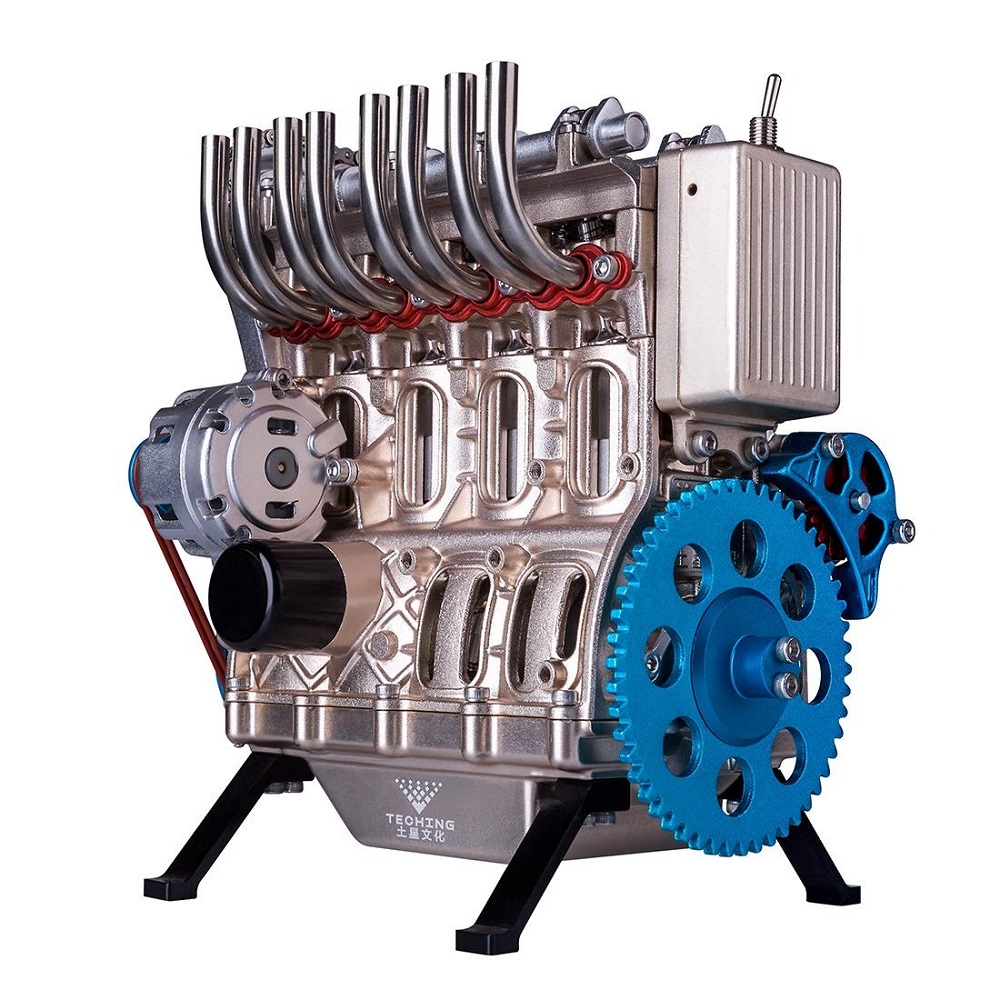
How a 4 Cylinder Engine Operates
Understanding how a 4 cylinder engine operates is essential. It involves key components and a systematic process.
Key Components of a 4 Cylinder Engine
A 4 cylinder engine consists of several parts that work together to generate power:
- Cylinders: These are the chambers where combustion occurs.
- Pistons: Pistons move within the cylinders to compress air and fuel.
- Crankshaft: The crankshaft converts piston movement into usable mechanical energy.
- Connecting Rods: These link pistons with the crankshaft.
- Spark Plugs: Spark plugs ignite the air-fuel mixture.
- Valves: Intake valves allow air and fuel in, and exhaust valves let gases out.
- Fuel Injector: This delivers the right amount of fuel into the cylinders.
- Timing Chain or Belt: Ensures synchronized movement of engine components.
These components work in harmony to ensure smooth engine operation.
The 4-Stroke Cycle Process (Intake, Compression, Power, Exhaust)
A 4 cylinder engine operates on the 4-stroke cycle, which includes four sequential stages:
- Intake Stroke: The intake valve opens to allow air and fuel into the cylinder. The piston moves downward.
- Compression Stroke: The piston moves upward, compressing the air-fuel mixture tightly.
- Power Stroke: The spark plug ignites the compressed mixture, causing an explosion. The piston is forced downward.
- Exhaust Stroke: The exhaust valve opens, and the piston moves upward to expel gases.
This cycle repeats for each cylinder, ensuring smooth and consistent power generation. The engine’s timing system coordinates these processes seamlessly.
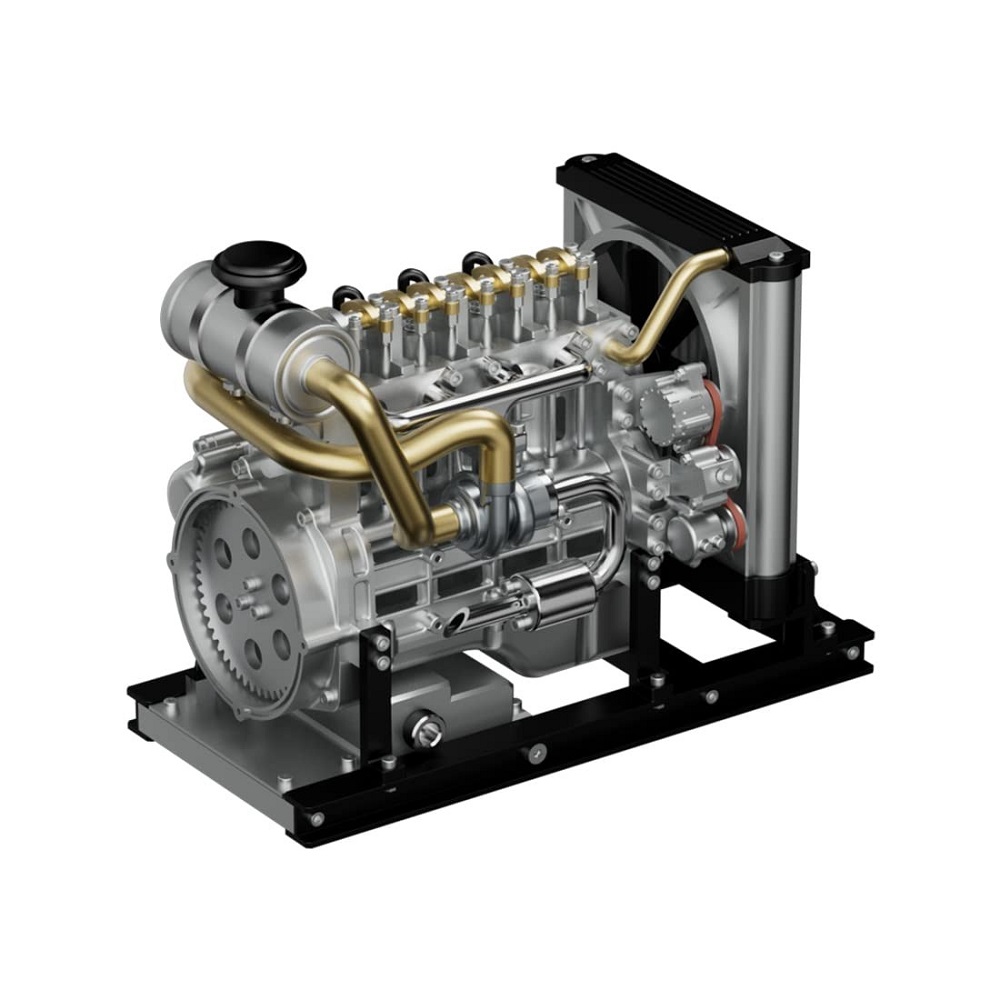
Advantages of 4 Cylinder Engines
4 cylinder engines offer several advantages that make them popular in modern vehicles. These benefits address efficiency, size, and affordability.
Fuel Efficiency and Environmental Benefits
4 cylinder engines are known for saving fuel due to their compact design and efficient operation. They consume less fuel compared to larger engines, reducing carbon emissions. Lower fuel consumption helps drivers save money, making these engines cost-effective. Their environmental impact is smaller, aligning with the industry’s push for cleaner technologies.
Compact Design and Lesser Weight
The compact size of 4 cylinder engines allows for better use of space in vehicles. Their smaller dimensions are ideal for small cars, motorcycles, and hybrids. They also weigh less, improving fuel efficiency and vehicle handling. A lighter engine contributes to overall vehicle performance and comfort.
Cost-Effectiveness Compared to Larger Engines
4 cylinder engines are cheaper to produce and maintain than bigger engine types. The simpler design means fewer components, reducing manufacturing and repair costs. Their affordability is especially appealing for budget-conscious consumers. Lower costs make them attractive for entry-level vehicles and economy segments.
Common Applications of 4 Cylinder
4 cylinder engines are incredibly versatile and serve various automotive needs. Their adaptability and efficient design make them a popular choice across multiple vehicle categories.
Use in Passenger Cars and SUVs
4 cylinder engines are widely used in passenger cars and compact SUVs. They provide a balance of power and efficiency, making them suitable for daily commuting. Many small to mid-sized cars rely on these engines due to their fuel-saving nature. In compact SUVs, they deliver enough power for city and highway driving while maintaining good fuel economy.
4 Cylinder Engines in Motorcycles
In motorcycles, 4 cylinder engines are favored for their compact size and strong performance. They generate a smooth yet powerful ride, especially on sports bikes. These engines produce higher RPMs, offering thrilling acceleration. Lightweight and efficient, they are ideal for both casual riders and racing enthusiasts alike.
Role in Hybrid and Electric Vehicles
4 cylinder engines often work as part of hybrid systems in modern vehicles. They act as backup power units for electric motors, ensuring efficiency. In plug-in hybrids, they extend driving range by recharging the batteries. Their integration in hybrids reduces fuel costs and supports eco-friendly driving.
With their ability to fit diverse automotive needs, 4 cylinder engines continue to dominate the market. They cater to regular drivers, motorcyclists, and eco-conscious users, showcasing their versatility.
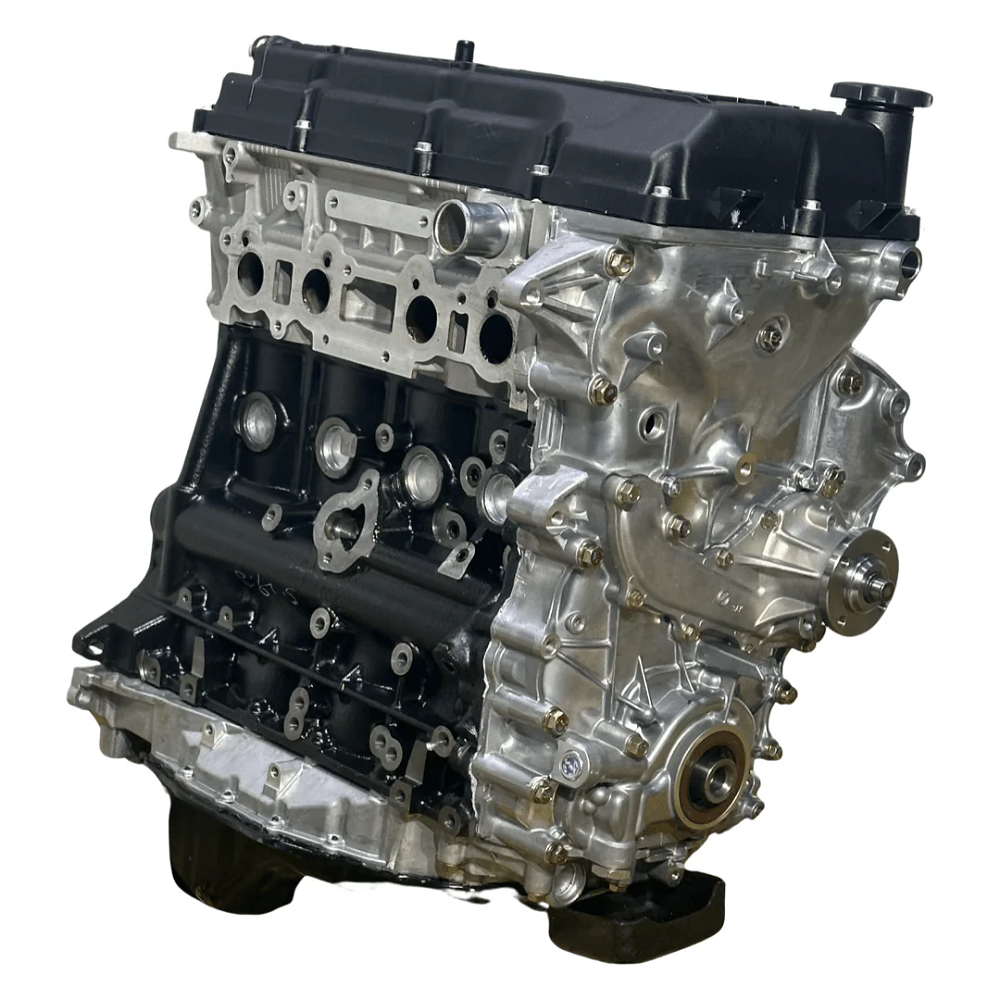
Performance Aspects of 4 Cylinder
4 cylinder engines balance efficiency and performance, making them suitable for diverse driving needs. Let’s explore their power characteristics, tuning capabilities, and how they balance performance with efficiency.
Power and Torque Characteristics
4 cylinder engines deliver sufficient power for small and mid-sized vehicles. They produce moderate torque suited for daily commuting and highways. Advanced technologies, like turbocharging, have improved their power output. Modern 4 cylinder engines often rival larger engines in performance. Their lightweight design boosts acceleration and responsiveness. Engineers focus on optimizing torque curves for better drivability.
Tuning and Modification Potential
4 cylinder engines are highly tunable and appeal to car enthusiasts. Modifications like turbochargers enhance output and performance. Aftermarket options, including upgraded exhausts and intakes, improve engine airflow. ECU remapping helps optimize fuel and ignition timing. These enhancements make small engines capable of higher-speed thrills. Their simple design allows easier tuning compared to complex engines.
Balancing Performance and Efficiency
Engineers prioritize efficiency without sacrificing reasonable performance in these engines. Technologies like direct fuel injection improve power while conserving fuel. Lightweight construction enables efficient fuel use and quick acceleration. Hybrid systems with 4 cylinder engines combine performance and sustainability. Automakers strike a balance to meet regulations and customer expectations. Continuous advancements ensure an ideal mix of power and economy.
Challenges and Limitations of 4 Cylinder
While 4 cylinder engines have many advantages, they also come with certain challenges and limitations.
Noise and Vibration Issues
4 cylinder engines often produce noticeable noise and vibrations during operation. Their design creates uneven firing intervals, which can increase vibrations. Smaller engines lack the natural balance found in larger engines with more cylinders. Automakers use balance shafts and advanced mounts to reduce these issues. However, noise and vibrations can still affect driving comfort, especially at higher speeds.
Limitations in High-Performance Applications
4 cylinder engines are less effective in high-performance settings compared to larger engines. Their smaller size limits maximum power and torque output. Sports cars and heavy-duty vehicles typically require larger engines for optimal performance. Even with turbocharging, they struggle to match the raw power of bigger engines. For extreme performance needs, drivers often prefer V6 or V8 options over 4 cylinders.
Maintenance Concerns and Lifespan
Due to constant operation under higher stress, 4 cylinder engines may require frequent maintenance. Turbocharged models often need extra care to ensure reliability and longevity. Smaller engines can have shorter lifespans if used intensively over long periods. Regular servicing, including oil changes, is critical to maintain durability. Proper maintenance can mitigate these concerns but adds to ownership costs.
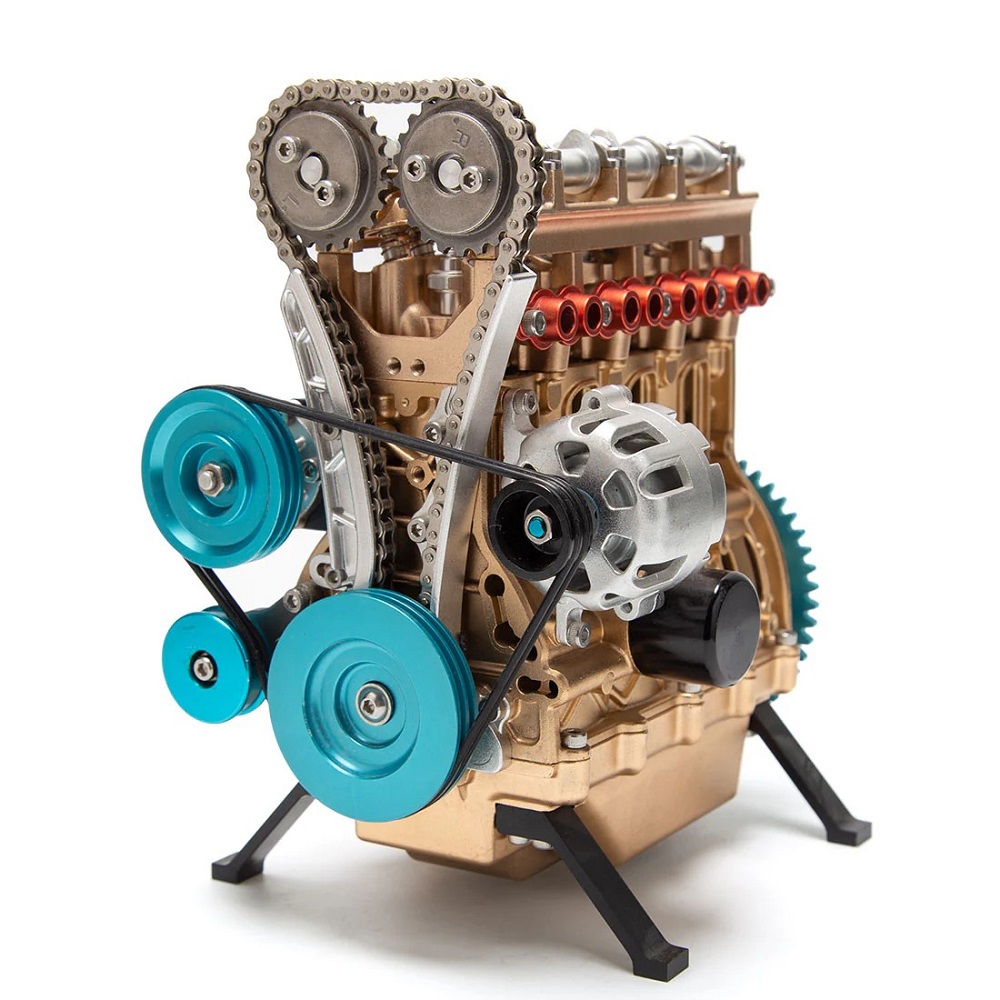
Innovations in 4 Cylinder Design
Modern 4 cylinder engines continue to evolve with cutting-edge technologies. Innovations focus on improving power, efficiency, and durability. Automotive advancements enhance their competitiveness in various applications.
Turbocharging and Supercharging Technologies
Turbocharging boosts engine power without increasing cylinder count. It forces more air into the cylinders for better combustion. Supercharging delivers similar benefits but uses a belt-driven compressor instead of exhaust gases. Both technologies improve torque, acceleration, and top-end power. Turbochargers are popular for their fuel efficiency enhancements alongside power boosts. Superchargers provide instant power, ideal for faster acceleration needs. Together, they showcase remarkable upgrades in engine performance.
Advancements in Fuel Injection Systems
Fuel injection systems have revolutionized 4 cylinder engine designs. Direct fuel injection optimizes the air-fuel mixture for greater efficiency. These systems reduce fuel wastage and maximize combustion output. Improved injectors ensure precise delivery, enhancing engine responsiveness. Modern systems decrease emissions, supporting eco-friendly operation. Advanced fuel injection works seamlessly with turbocharging for balanced performance and fuel economy. Manufacturers aim to refine these systems to meet emission standards and consumer demands.
Future Trends in 4 Cylinder Engine Efficiency
Future designs prioritize efficiency and sustainability. Lightweight materials minimize energy loss and fuel consumption. Hybridization integrates 4 cylinder engines with electric motors for cleaner and balanced driving. Improved aerodynamics in vehicles enhance engine workload and overall efficiency. Researchers explore next-gen technologies like variable compression ratios and electronic valve actuation. Automation and AI may play significant roles in optimizing 4 cylinder engine systems. These trends promise enhanced usability and reduced environmental footprints.
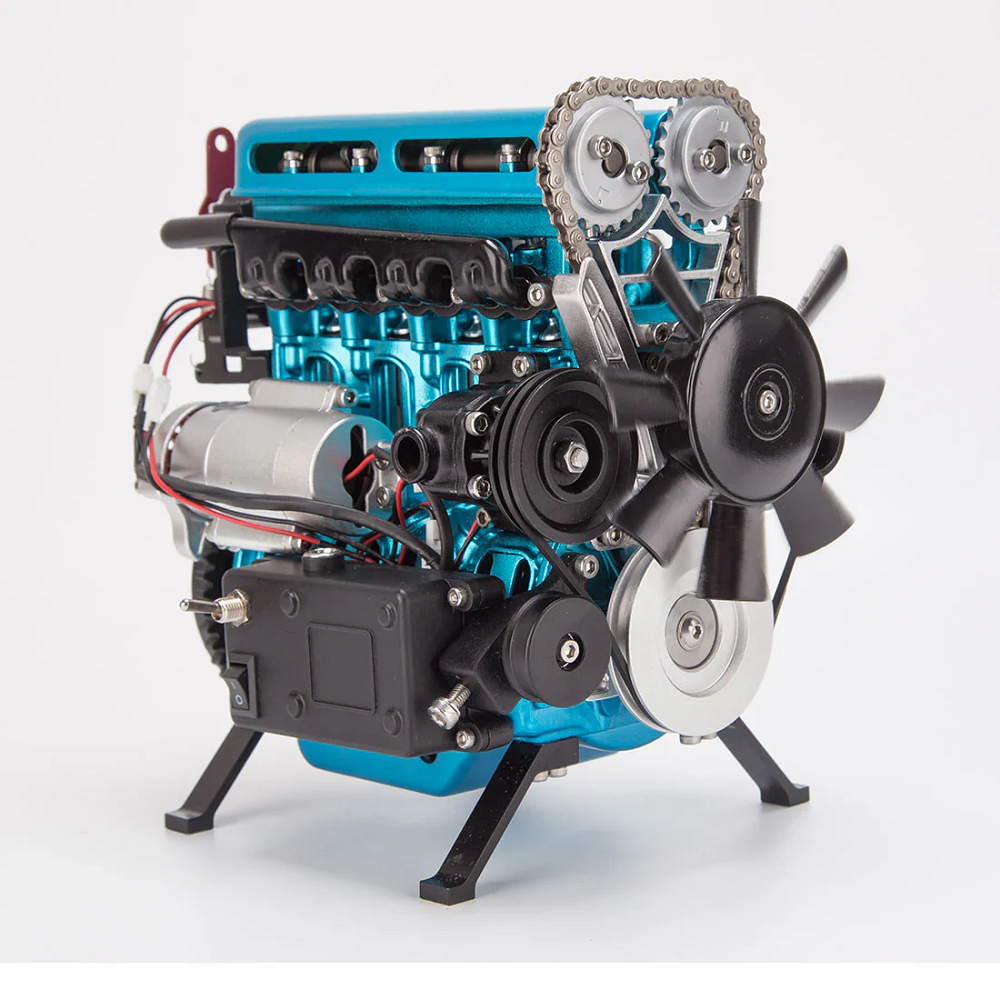
Choosing the Right 4 Cylinder Vehicle
Analyzing Your Driving Needs
When considering a vehicle with a 4 cylinder engine, it’s important to analyze your specific driving needs. Reflect on how often you’ll be driving, the typical conditions you encounter, and the distances you regularly travel. If you mostly drive in urban environments, a compact car with a 4 cylinder engine may be perfect for navigating city streets and tight parking spaces. Conversely, if you frequently embark on long road trips or travel on highways, a midsize sedan or crossover with a more powerful 4 cylinder engine could offer a balance of efficiency and comfort during extended journeys. Evaluating your specific requirements ensures that you choose a vehicle that matches your lifestyle.
Test Driving Different Models
Taking the time to test drive various models with 4 cylinder engines is a crucial step in the decision-making process. This hands-on experience allows you to assess the performance, handling, and comfort of different vehicles. Pay attention to factors like acceleration, braking response, and overall driving dynamics during your test drives. Ensure you also evaluate cabin comfort, visibility, and features that contribute to convenience, such as technology integrations and storage solutions. Each model may provide different sensations on the road, so testing several options helps you identify which vehicle resonates best with your preferences.
Researching Fuel Efficiency Ratings
Fuel efficiency is a significant consideration when selecting a 4 cylinder engine vehicle. Most manufacturers provide fuel economy ratings based on city and highway driving cycles. Understanding these ratings can help project your potential fuel costs and environmental impact over time. Consider the vehicle’s efficiency in relation to your average daily commute or travel needs. Additionally, it can be advantageous to monitor real-world fuel efficiency reports from other drivers, as these can provide insights into how well a specific model performs in a variety of conditions. Prioritizing fuel efficiency can lead to long-term savings and a greener choice in your vehicle selection.
The Future of 4 Cylinder Engines
Innovations in Engine Technology
The automotive industry continues to evolve, and the future of 4 cylinder engines remains promising. Recent innovations, such as turbocharging, direct fuel injection, and hybrid technology, have enhanced the performance and efficiency of these engines. Turbocharging allows smaller engines to produce power comparable to larger engines while maintaining fuel efficiency. Direct fuel injection improves fuel atomization, leading to better combustion and increased power output. As manufacturers focus on reducing emissions and improving fuel economy, 4 cylinder engines are likely to see further advancements. These innovations make them an even more appealing choice for consumers in an ever-changing automotive landscape.
The Shift to Electrification
As the trend toward electrification gains momentum, future 4 cylinder engines may incorporate electric assist technologies. Hybrid systems can combine traditional combustion engines with electric motors, enhancing overall performance while minimizing emissions. Plug-in hybrid electric vehicles (PHEVs) may also become more widespread, allowing drivers to enjoy the benefits of a gasoline engine and the efficiency of an electric motor. This shift toward electrification not only promotes sustainable driving practices but also reinforces the importance of 4 cylinder engines in a more ecologically friendly future. As consumer preferences evolve, so too will the designs and technologies of engines.
Understanding Market Trends
The market for 4 cylinder engine is continuously shifting in response to consumer preferences and environmental policies. As fuel economy regulations become more stringent and awareness of climate change grows, automakers are increasingly investing in smaller, more efficient engines. This trend has expanded the offerings of 4 cylinder vehicles, making them available in various segments, including sedans, SUVs, and even performance cars. Observing these market trends showcases how 4 cylinder engines are adapting to meet modern challenges and consumer demands, solidifying their position as a preferred choice among many drivers.
Conclusion and Final Thoughts
Why 4 Cylinder Engines Remain Popular
4 cylinder engines remain popular in the modern automotive world due to their many benefits. They offer an excellent balance between performance and fuel efficiency, making them ideal for daily use. Their compact design saves space and reduces vehicle weight, enhancing handling and comfort. These engines also fit diverse applications, from passenger cars to motorcycles and hybrids. Their cost-effective manufacturing and maintenance make them appealing to budget-conscious buyers. With continuous innovation, they meet current needs while being environmentally friendly. These factors ensure their widespread adoption remains strong across the industry.
The Future of 4 Cylinder Engines in Automotive Engineering
The future of 4 cylinder engines is focused on sustainability and advanced technologies. Turbocharging and hybrid integration will improve power while reducing emissions and fuel consumption. Innovative materials will make engines lighter, boosting efficiency and performance. Next-gen systems, like electronic valve control and variable compression ratios, will provide precise operation. AI and automation may revolutionize engine behavior, improving responsiveness and usability. As global regulations tighten, manufacturers will enhance these engines to meet eco-friendly and performance demands. 4 cylinder engine will continue evolving, playing a critical role in automotive advancements.
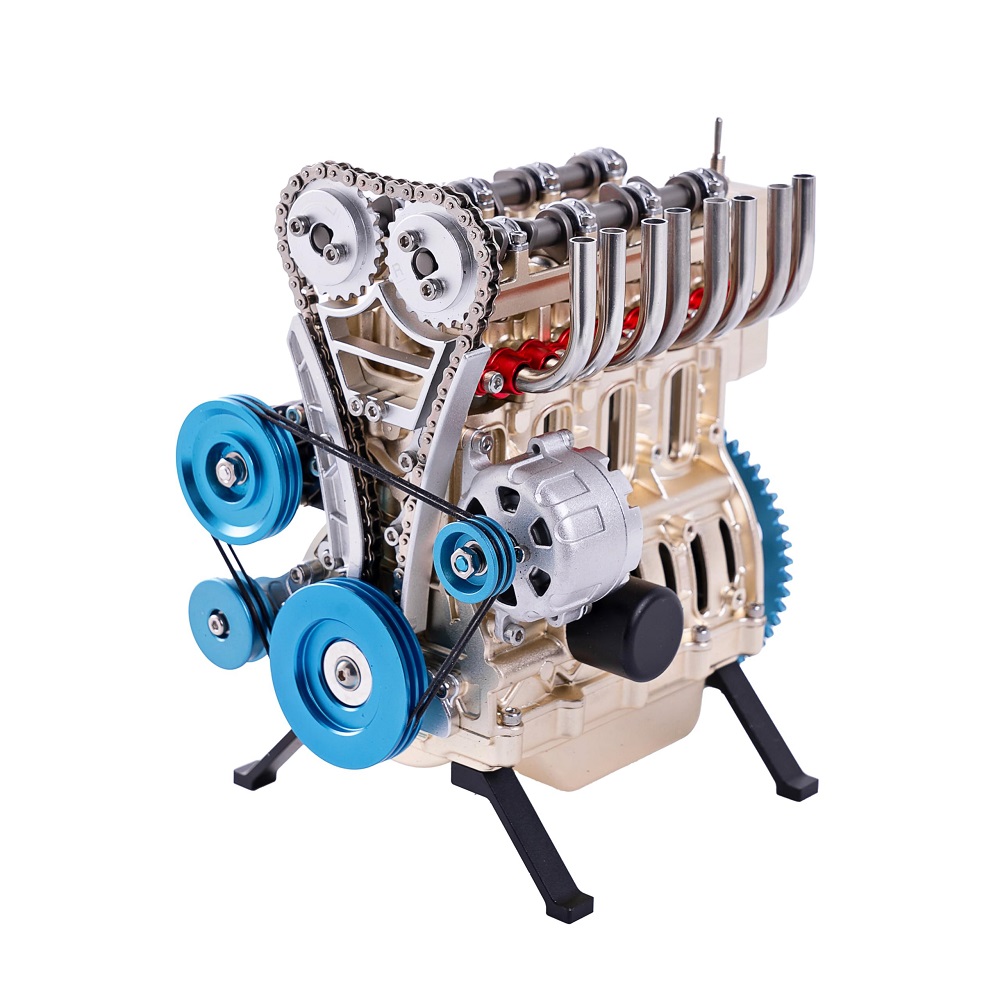
Leave a Reply